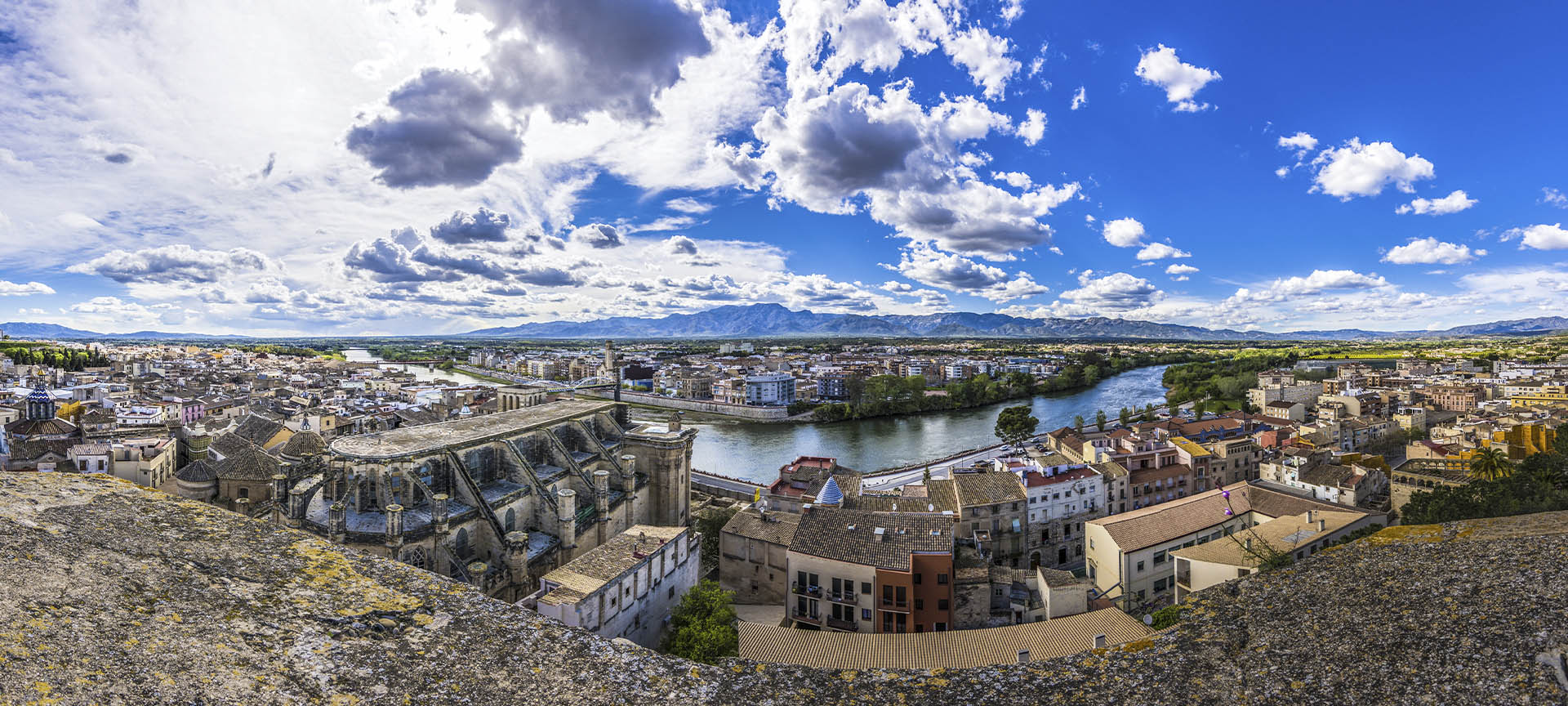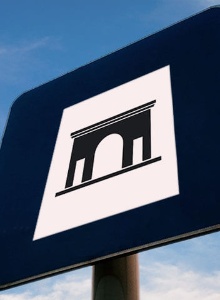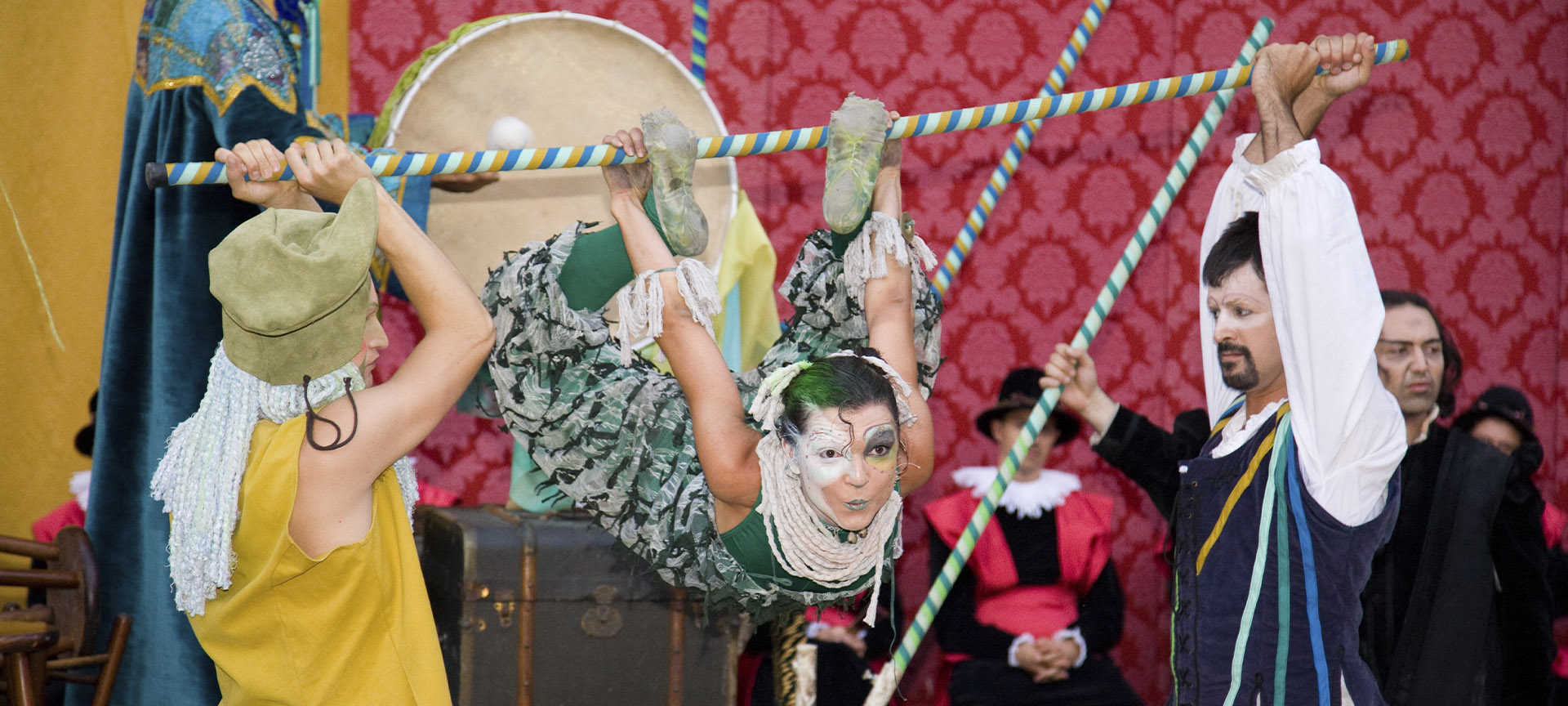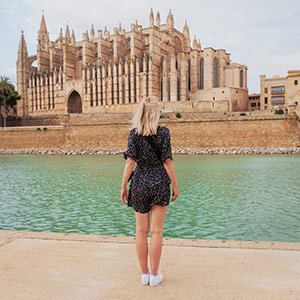
Tortosa preserves significant examples of medieval, Renaissance, baroque and modernist architecture. It has been declared to be Historic-Artistic Heritage and some of its buildings, such as the castle of La Suda, are National Monuments.
The city is located near the mouth of the river Ebro and the first thing to attract attention is the Arab castle of La Suda, perched on a hill. Visitors can stay there if they wish since it has been converted into a Parador de Turismo hotel. Near the river is the old part of town, with its 14th-century Gothic Cathedral with a baroque façade, three naves and a cloister, outstanding inside which is the richly-coloured high reredos, from the 14th century; and the reredos of the Transfiguration, from the 15th century, as well as the chapel of La Cinta, from the 18th century, with Italian marble and jasper from Tortosa. Visitors can also admire the Episcopal Palace, built in the 14th century, with a courtyard, gallery and an outstanding stairway, while inside there is a chapel from 1316, with a multicoloured stone door and sculpture from the 14th century. Also of interest are the Gothic cloister of the convent of Santa Clara (14th century); The Royal Colleges of Tortosa, founded by Carlos V in 1564 for the education of subject Muslims; the modernist market with its metal structure; the Exchange (from the 14th century), where the price of wheat was established for the whole of the western Mediterranean basin, as well as a tour of the Remolins neighbourhood, where you will find the old Jewish quarter, calle de Els Gentilhomes and the palace of the Despuig family.
Debe activar Javascript para poder utilizar este servicio
What to visit
Select from the list or hover over the map to find out about points of interest.
Activa JS
Shows, festivals, sports...
View some of the most relevant events you will be able to enjoy at the destination.






